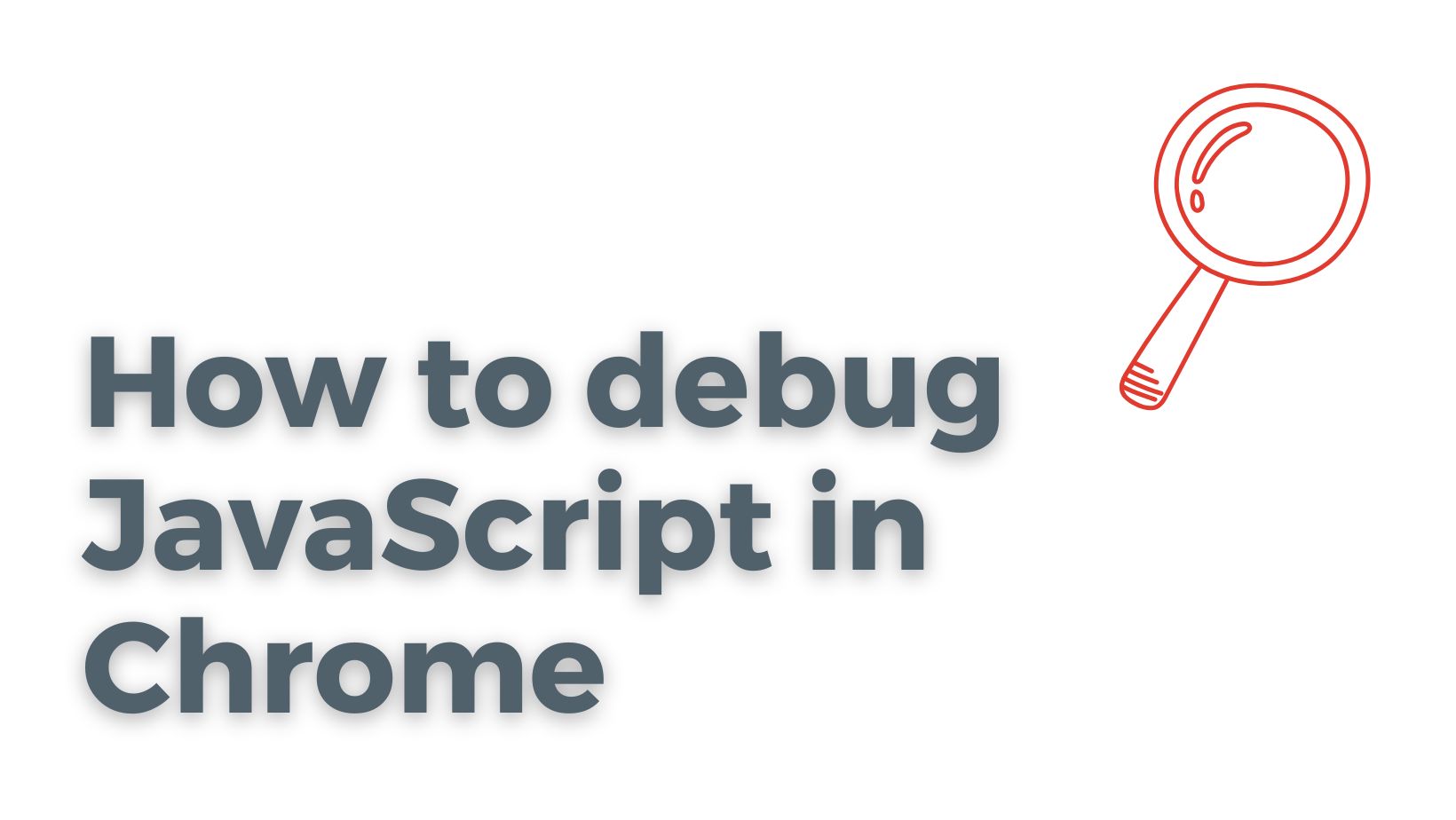
To debug JavaScript in Google Chrome, first, open the developer tools by right-clicking anywhere on the page and selecting "Inspect" or using the shortcut Ctrl+Shift+I on Windows and Linux, or Command+Option+I on Mac. Once the developer tools are open, you can access the JavaScript console by selecting the "Console" tab at the top of the window.
Debugging process
To start debugging your JavaScript code, you can use the following steps:
-
Set a breakpoint in your JavaScript code by clicking on the line number where you want to pause the script. This will cause the script to pause execution when it reaches that line.
-
Reload the page to run the JavaScript code.
-
As the code is executed, it will pause at the breakpoint you set. At this point, you can inspect the values of variables, step through the code line by line, and even change the values of variables if needed.
-
Use the controls at the bottom of the developer tools window to resume execution or step through the code.
Some additional tips for debugging JavaScript in Chrome:
-
You can use the "Watch" panel to automatically keep track of the values of specific variables as you step through the code.
-
Use the "Call Stack" panel to see the chain of function calls that led to the current point in the code execution.
-
Use the "Sources" panel to see your JavaScript code and set breakpoints directly in the source code.
Additional features
There are many other features and tools available in the Chrome developer tools that can help you debug your JavaScript code more effectively. Some additional things you may want to know about debugging in Chrome include:
-
The "Network" tab allows you to see all the network requests made by the page, including the URL, method, status, and timing information for each request. This can be useful for debugging issues with AJAX requests or other network-related problems.
-
The "Performance" tab allows you to profile the performance of your page and see where it might be running slowly. This can help you identify and fix performance bottlenecks in your code.
-
The "Memory" tab allows you to take a snapshot of the page's memory usage and then analyze it to see where the memory is being allocated and identify potential memory leaks.
-
The "Application" tab allows you to inspect the state of various storage mechanisms used by the page, including cookies, local storage, and indexedDB. This can be useful for debugging issues with data persistence or other storage-related problems.
-
The "Security" tab allows you to view security-related information for the page, including the certificate information and any security warnings or errors. This can be useful for debugging issues with SSL certificates or other security-related problems.
In addition to the developer tools, there are also many third-party extensions and tools available that can help you debug JavaScript in Chrome. Some popular options include the React Developer Tools, Redux DevTools, and the AngularJS Batarang. These tools can provide additional features and functionality specifically designed for debugging the respective libraries and frameworks.
Overall, the Chrome developer tools provide a powerful and comprehensive set of tools for debugging JavaScript. By taking advantage of these tools and features, you can quickly and easily identify and fix issues in your code.
Learning resources about debugging
To learn more about debugging in Chrome, I would recommend the following resources:
-
The Chrome DevTools documentation on the Google Developers website provides a comprehensive guide to all the features and tools available in the developer tools. This is a great place to start learning about debugging in Chrome.
-
The "Debugging JavaScript" guide on the Mozilla Developer Network website provides an overview of the general concepts and techniques involved in debugging JavaScript, including tips and best practices.
-
The "Getting Started with Debugging JavaScript in Chrome DevTools" video on the Google Chrome Developers YouTube channel provides a step-by-step introduction to using the developer tools to debug JavaScript in Chrome.
-
The "Effective JavaScript Debugging" article on the LogRocket blog provides a collection of tips and best practices for debugging JavaScript in a variety of different environments and scenarios.
-
The "Debugging Asynchronous JavaScript with Chrome DevTools" article on the RisingStack blog provides a detailed look at using the developer tools to debug asynchronous code in JavaScript.
In addition to these resources, there are many other articles, tutorials, and videos available online that can provide additional information and guidance on debugging in Chrome. I would recommend searching for specific topics or problems you want to learn about and looking for relevant tutorials and guides to help you learn more.

